The Nguyen Dynasty throne displayed at Thai Hoa Palace, Hue Monuments is a unique royal art work and a symbol of power associated with the reign of King Minh Mang (1820-1841). However, on May 24, public opinion was shocked and outraged when an individual broke in and vandalized the throne, causing serious damage to the artifact. This is not only an act of vandalism of cultural assets but also an alarm bell about loopholes in the protection of special heritages, especially national treasures.
According to the provisions of the current Law on Cultural Heritage, national treasures are relics and antiques of special value, rare and representative of the country in terms of history, culture and science . These artifacts are protected and preserved with full conditions of human resources, technical equipment, technology to control the preservation environment... However, in reality, at many exhibition sites, the protection regime for these treasures is not commensurate with the priceless value that these special artifacts represent. Many artifacts are displayed in rudimentary technical conditions, without early warning equipment, smart monitoring or safety sensors. Meanwhile, just one act of lack of awareness or intentional sabotage can cause irreparable damage to the artifacts.
In some museums and relics, the work of protecting treasures is still a formality. Many places do not have a team of professionally trained security guards, lack modern surveillance equipment, and even entrust the care to the elderly or non-professional staff.
Treasures such as golden seals, thrones, royal decrees or sacred artifacts of prehistoric cultures... are part of the nation's history, representing the nation's identity and character through each stage of development. According to some experts on cultural heritage, an international experience worth referring to is to classify the protection level for each type of treasure. Treasures that are regularly displayed need a special monitoring regime, a separate security system and a dedicated security team.
For artifacts that are only used for research or periodic display, there needs to be a plan for storage and preservation under standard conditions and strict control. It is not necessary for every treasure to be publicly displayed every day. This important thing contributes to preserving the integrity, historical value and inviolability of the treasure. In addition, the monitoring system needs to apply modern technology such as vibration sensors, AI surveillance cameras, alarm bells connected directly to the coordination center, etc.
International practice shows that many countries have elevated treasures to the same level as national symbols. On the occasion of the recent United Nations Day of Vesak 2025, when the Buddha's relics were brought out of the Indian border, the government of this country applied a protection regime equivalent to that of a head of state, using a special transport plane and having a special escort force. It is not simply a ritual but shows respect for sacred spiritual cultural heritages. Vietnam needs to have a similar vision and mechanism for national symbols, especially for treasures located in tourist destinations that attract millions of visitors each year.
Vietnam currently has more than 300 artifacts and groups of artifacts recognized by the Prime Minister as national treasures. Among them, many artifacts have symbolic value such as the golden seal "Hoang De Chi Bao" of the Nguyen Dynasty, the Ngoc Lu bronze drum at the National History Museum, the Amitabha Buddha statue at Phat Tich Pagoda (Bac Ninh province), the Great Bell at Thien Mu Pagoda (Hue city)...
Therefore, establishing a special protection regime corresponding to the group of treasures is an urgent requirement, requiring the active participation of state management agencies, the cultural sector and the whole society. Protecting national treasures is not only the task of the cultural sector but also the common responsibility of the whole society. It is necessary to build a team to preserve heritage as a specialized profession, professionally trained, with suitable working conditions to be able to undertake the task of protecting treasures well.
In the context of deep integration, when cultural heritage is becoming a strategic asset, a "soft power" in international exchange, the preservation of each treasure and historical artifact must be raised to the level of national policy.
Source: https://nhandan.vn/che-do-bao-ve-dac-biet-voi-bao-vat-quoc-gia-post882593.html








![[Video] Protecting World Heritage from Extreme Climate Change](https://vphoto.vietnam.vn/thumb/402x226/vietnam/resource/IMAGE/2025/12/03/1764721929017_dung00-57-35-42982still012-jpg.webp)


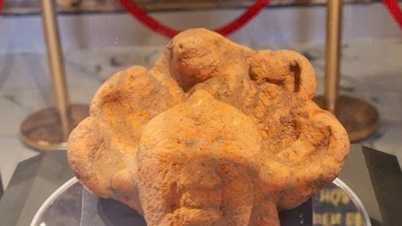
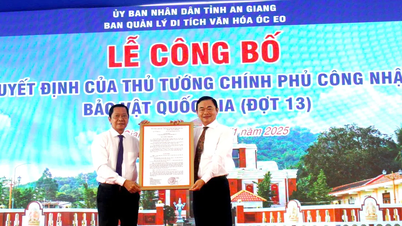

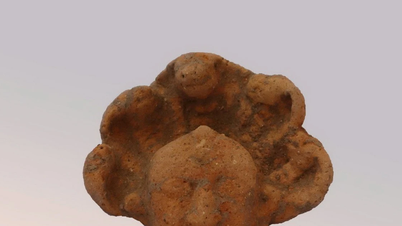

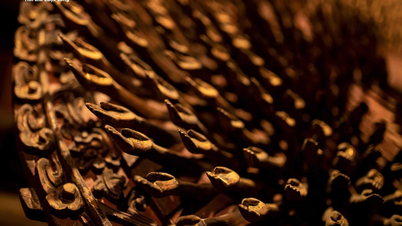





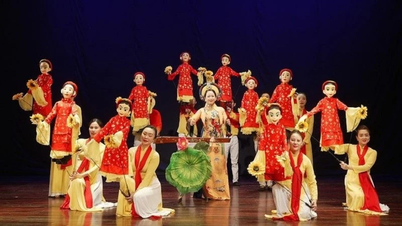
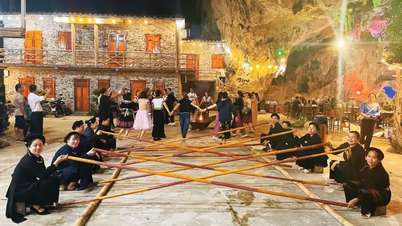



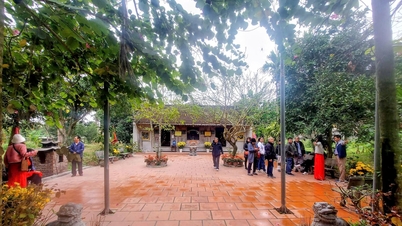





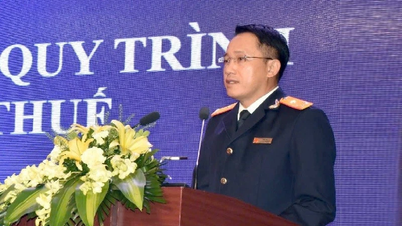
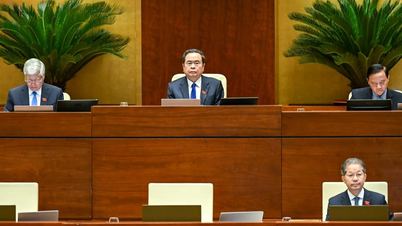

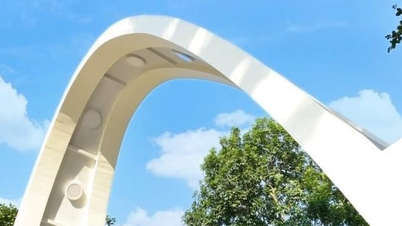
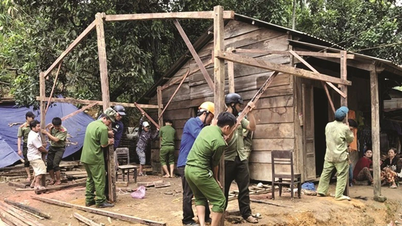
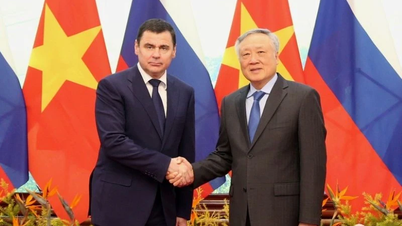
![[Photo] Parade to celebrate the 50th anniversary of Laos' National Day](/_next/image?url=https%3A%2F%2Fvphoto.vietnam.vn%2Fthumb%2F1200x675%2Fvietnam%2Fresource%2FIMAGE%2F2025%2F12%2F02%2F1764691918289_ndo_br_0-jpg.webp&w=3840&q=75)
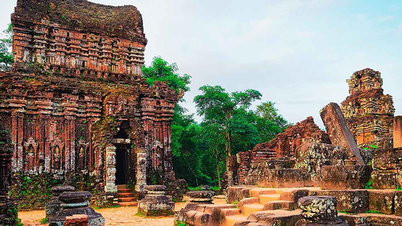
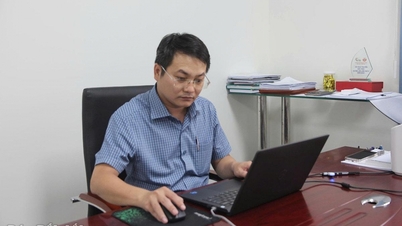

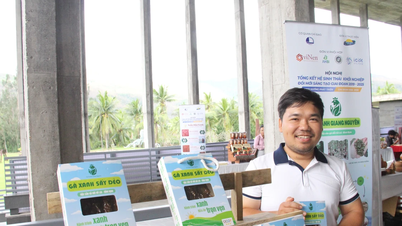

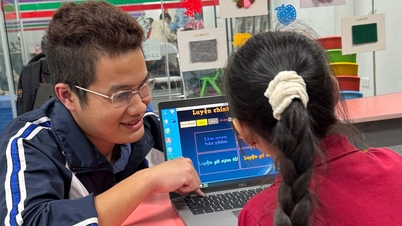

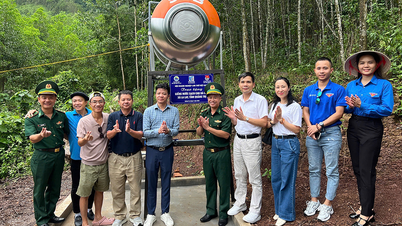







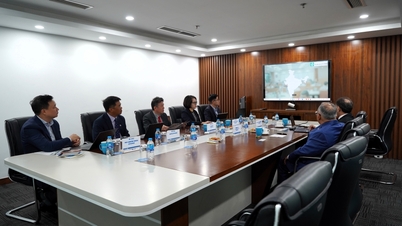
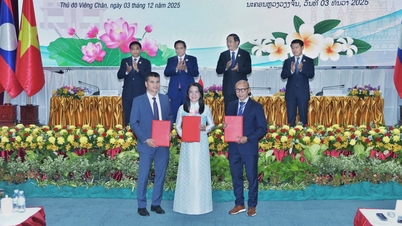



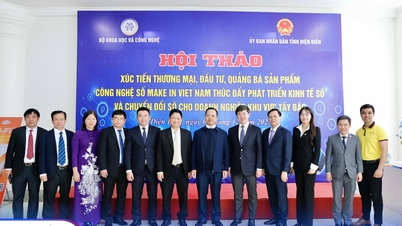







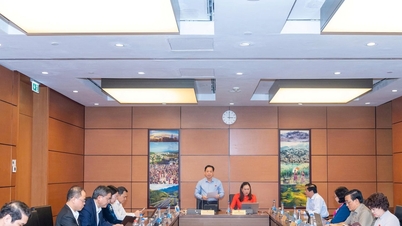



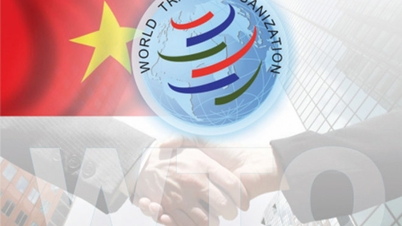
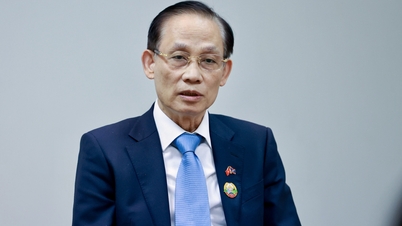


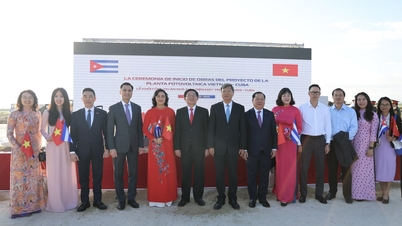

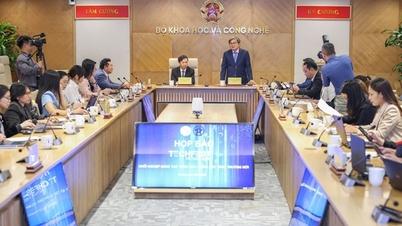

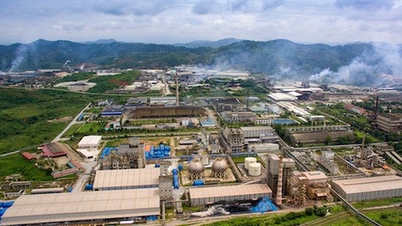




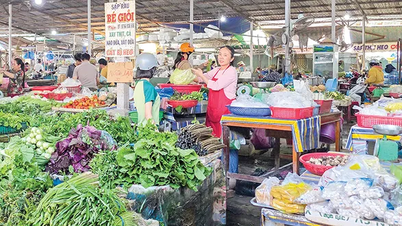

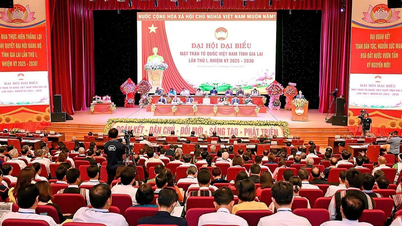
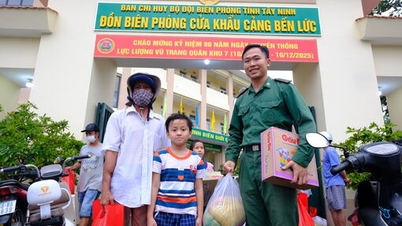

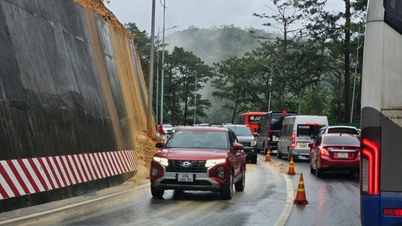














Comment (0)